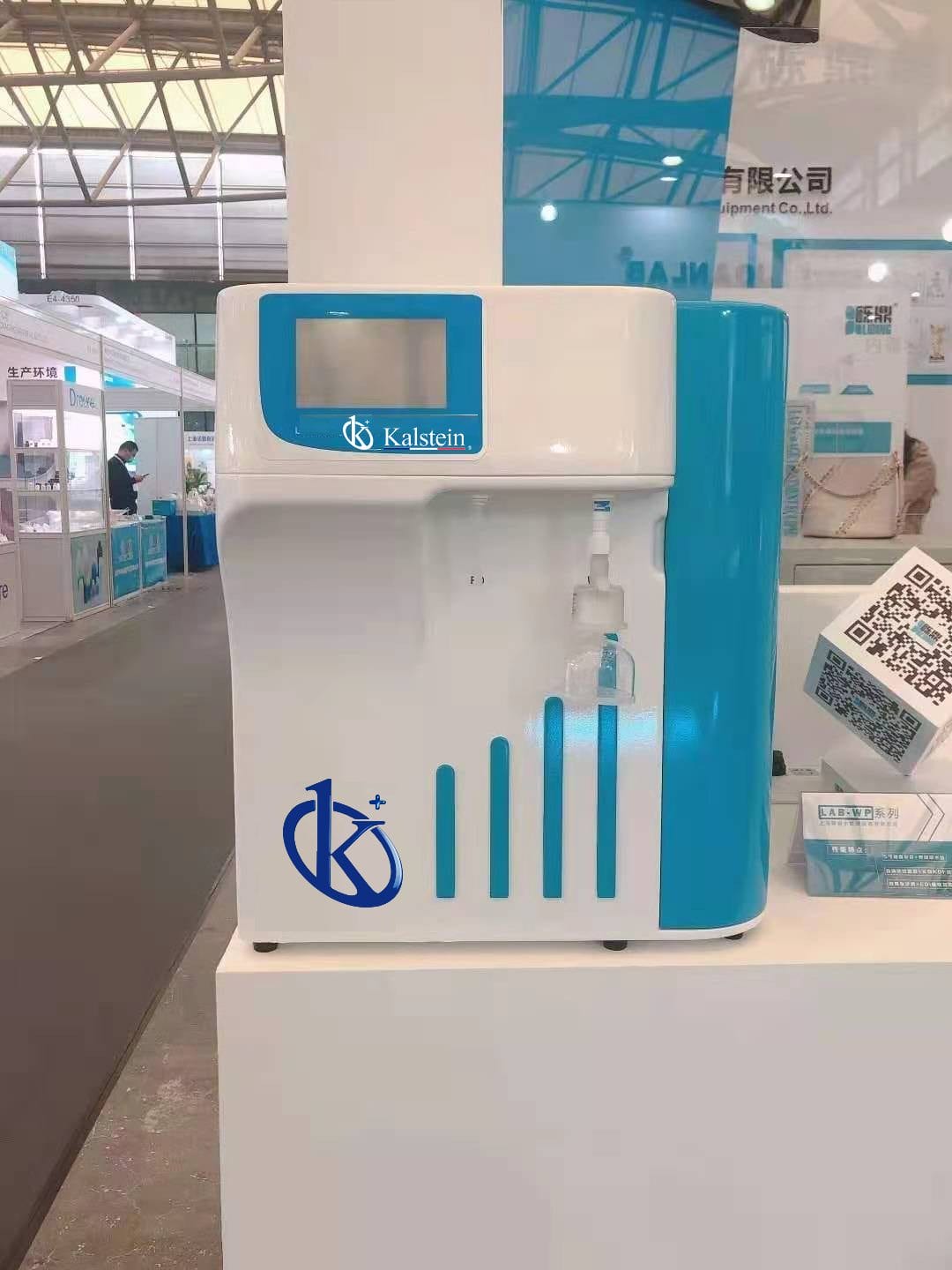The professional sectors in which water is an essential element for the execution of its most important activity are diverse and abundant. For example, it is part of the development of some processes, in the manufacture of certain products, cleaning of material and sterilization of instruments. The applications of water are very varied and among these is the photography sector.
For the photographic sector, it is important to obtain clear, high-quality images. In addition, it is essential to maintain the tools used during the development process, in order to extend their useful life.
The use of distilled water is an excellent option for obtaining quality photographs and the correct washing of utensils. It is a water with a high degree of purity, ideal for mixtures of liquids used in developing photographs. The distilled water, being free of sediment and lime, eliminates the risk of stains, once the photographs have dried.
Likewise, lime residues that are observed in utensils, such as spirals and tanks, among others, are caused by washing with running water. This can be avoided by using distilled water for cleaning.
Photographic development is a chemical process that is carried out in order to make the latent image found in the photographic film visible. For the processing of the film are used solutions of chemicals whose application is called “bath”.
Three types of baths are essential: the developer, the stop and the fixative. In all cases, it is recommended that the solutions are prepared using distilled water and following the instructions of the manufacturer. Using distilled water instead of running water will decrease the likelihood of residues and impurities in the film. In addition to keeping the utensils in good condition for a long time.
Distilled water is a product free of dissolved contaminants, because it has undergone a highly effective purification treatment, called distillation. This process is done with a computer called a distiller.
Water distiller
The distiller is an equipment that performs the purification of drinking water, through consecutive and controlled processes of vaporization and cooling. Vaporization allows water molecules to be separated from other molecules or elements that are diluted.
The design of this equipment varies according to the volumes of water required in each establishment. Generally speaking, it consists of a steam generator or boiling tank, immersion resistors, cooling water outlet, condenser, filter and distilled water tank.
The boiling tank is the reservoir where the water that will be distilled is stored. It has the device that supplies the water to the tank, in addition to controls of level, flow and quality of the feed water.
Immersion resistors are devices that generate heat through electricity. They are covered by a ceramic coating and protected by a metal coating. The cooling water outlet is the component of the distiller, which moves the water used to condense the water vapor. The condenser is the device that allows the vapor to cool and return to the liquid phase.
The filter is located at the outlet of the condenser or collector and serves to remove flavors or particles, present in condensed water. The distilled water tank is where water is collected after distillation.
Kalstein distillers
At Kalstein we offer a wide variety of water distillers, from the YR series. You can choose the one that best suits your needs. Kalstein water distillation equipment works in an automated way, therefore, it is easy to use. They are designed with a glass bucket at the top, which allows the observation of the distillation process. They promote water and energy saving and have a protection system for electric loads and also a protection function in cases where the water supply is reduced or interrupted. For more information about Kalstein distillers, visit the link HERE


